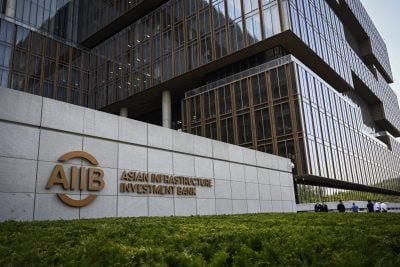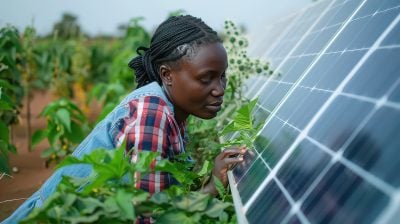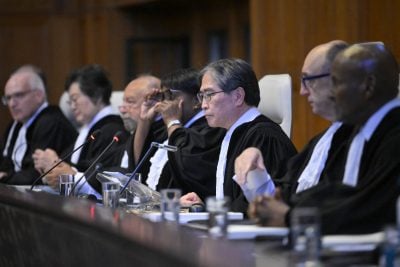Many observers have argued recently that Africa is entering a renewable energy boom but it is far too soon to make such claims. After years of no interest, South Africa is starting to gear up for a move towards renewable energy and many projects are in the pipeline.
Morocco has made the most progress on exploiting its renewable energy potential, with substantial investment already made on developing wind, solar photovoltaics (PV) and solar thermal power projects, although Egypt’s move towards wind power has stalled because of political difficulties in that country. For the vast bulk of the continent between these two geographical extremes, however, signs of development are few and far between.
Wind power
Large hydro schemes are generally not viewed as a form of renewable energy because of the negative environmental impact that they usually have and so wind power is widely considered to be the biggest form of renewable energy production in the world.
Falling manufacturing costs and more efficient turbines have made wind farms one of the most important sources of new generating capacity in Europe and also India and China.
While a standard thermal power plant has generating capacity of 600-1000 MW, many turbines are required to provide the same capacity. Yet while turbines of 500 kW or 1 MW were the norm in 2000, some now have individual capacity as high as 5 MW. Offshore wind farms are becoming more popular, although they have yet to make an impact on the African continent.
By global standards, Africa is not a very windy continent, although there are a few areas with excellent wind resources, including the Atlas Mountains and northwest Atlantic coast; the Cape area of South Africa; coastal areas of Egypt; and the Ethiopian Highlands. However, relatively little of this potential has been developed to date. As Table 5 demonstrates, only five countries in Africa have significant wind power generating capacity and just two of these are in sub-Saharan Africa.
In most markets, wind power projects are developed by privately owned companies that benefit from feed-in tariffs (FiTs). These ensure a commercial rate for developers over an extended period of time and have proved to be the best means of providing the financial security that investors need to fund construction.
Developers include many of the same power companies as operate more traditional forms of power production but countless new companies have also emerged in the sector and indeed have led the way.
The situation is a little different in Africa. Egyptian wind farms have been funded by foreign donors, usually from the same countries that benefits from the turbine manufacturing contract. Elsewhere on the continent, bilateral or multilateral aid has been used to help finance projects, although donors usually require accompanying financial support from the host government.
Pretoria’s decision to place renewables at the heart of its energy policy and allow Eskom to provide long term power purchase agreements (PPAs) on sufficiently attractive terms has persuaded multilateral organisations to back its plans.
Want to continue reading? Subscribe today.
You've read all your free articles for this month! Subscribe now to enjoy full access to our content.
Digital Monthly
£8.00 / month
Receive full unlimited access to our articles, opinions, podcasts and more.
Digital Yearly
£70.00 / year
Our best value offer - save £26 and gain access to all of our digital content for an entire year!
 Sign in with Google
Sign in with Google 


